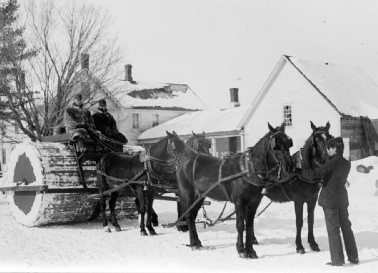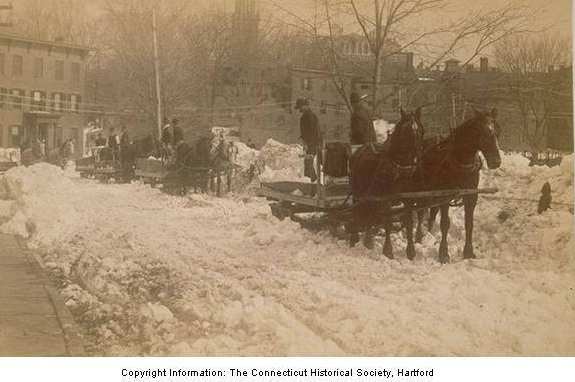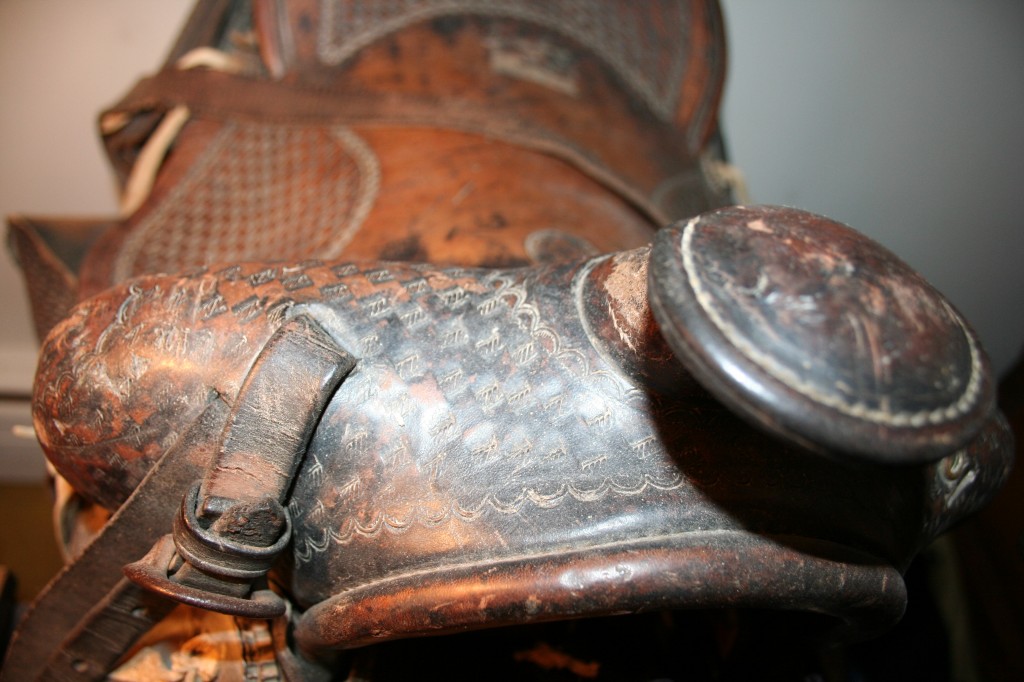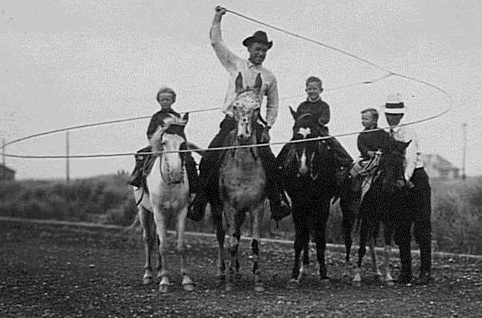Saddles, Snow Movers, Ropin’ – Sleigh Rally
“Don't let yesterday use up too much of today.” – Will Rogers
 Snow rollers pulled by teams of horses were once used on roads to make a smooth surface. (Rolled surfaces were wider than plowed ones, too.) The vintage shot of a team packing down roads is from the University of Vermont digital archives.
Snow rollers pulled by teams of horses were once used on roads to make a smooth surface. (Rolled surfaces were wider than plowed ones, too.) The vintage shot of a team packing down roads is from the University of Vermont digital archives.
Horse-drawn sleds were used for snow removal after the blizzard of 1888 in Connecticut.
The photo below is from the collection of The Connecticut Historical Society, and depicts Jewell Street in Hartford, with the steeple of the Center Congregational Church and the Aetna Insurance Company in the distance. The plowed mountains of stuff outside my window in 2011 sure isn't going anywhere soon and the area street scenes look similar to those photographs from 1888 where people literally made tunnels through snowbanks.

As the accumulation this week continues to pile the snow higher and higher, conditions should be good for the Eastern Connecticut Draft Horse Association sleigh rally set for Saturday, Feb. 5, Old Sturbridge Village, Sturbridge, Mass. Start time is 11 a.m., and this event is open to the public. For more information visit www.easternctdrafthorse.com. For up-to-date information or any cancellation, “follow” the group on Twitter and Facebook.
And there's still time to see the more than 40 saddles displayed in the Fort Worth Museum of Science and History’s atrium for the Fort Worth Stock Show & Rodeo, through Feb. 5.
It is possible to take a virtual tour of a gallery (check out the George Lawrence roping saddle), or the more than 1,900 Western artifacts that include chaps, boots, spurs and even old Western movie posters. Well-known saddle makers such as R.F. Tackaberry (1850 – 1880), Edelbrock & Son, L. White (1914 – 1940), E.M. Orrick, and the Nobby Harness Company are represented.
From the history of saddles on exhibit site: “The Western saddle as we know it emerged from the Mexican vaquero saddle. They were very basic in design with the wooden structure, or ‘tree,' covered in rawhide. In the early saddles, the seat high rose very high in back to hold the rider on the seat. The horn served to keep the rope from coming off the saddle when the cowboy caught a cow.”
 Several saddles have tapaderos, the Mexican term for the leather covering over the stirrup. These are not only decorative but also serve to protect the rider’s boots from heavy brush.
Several saddles have tapaderos, the Mexican term for the leather covering over the stirrup. These are not only decorative but also serve to protect the rider’s boots from heavy brush.
“Roping saddles feature more leather and are heavier and stronger than other types of saddles to better withstand the impact of a running cow hitting the end of the rope dallied to the horn. (The horn is stronger and larger on top for the same reason.) The cantle is very low so the rider can swing his leg over to dismount in a hurry. The saddle’s stirrups are large and heavy, enabling the rider to mount his horse easily.”
For more about Western saddles (including a link to how they are constructed) see www.western-saddle-guide.com.

